Essential advice to help garden wildlife in autumn – experts share tips to support birds, hedgehogs, butterflies and more
Discover how to help garden wildlife in autumn, from planting ideas to things to avoid
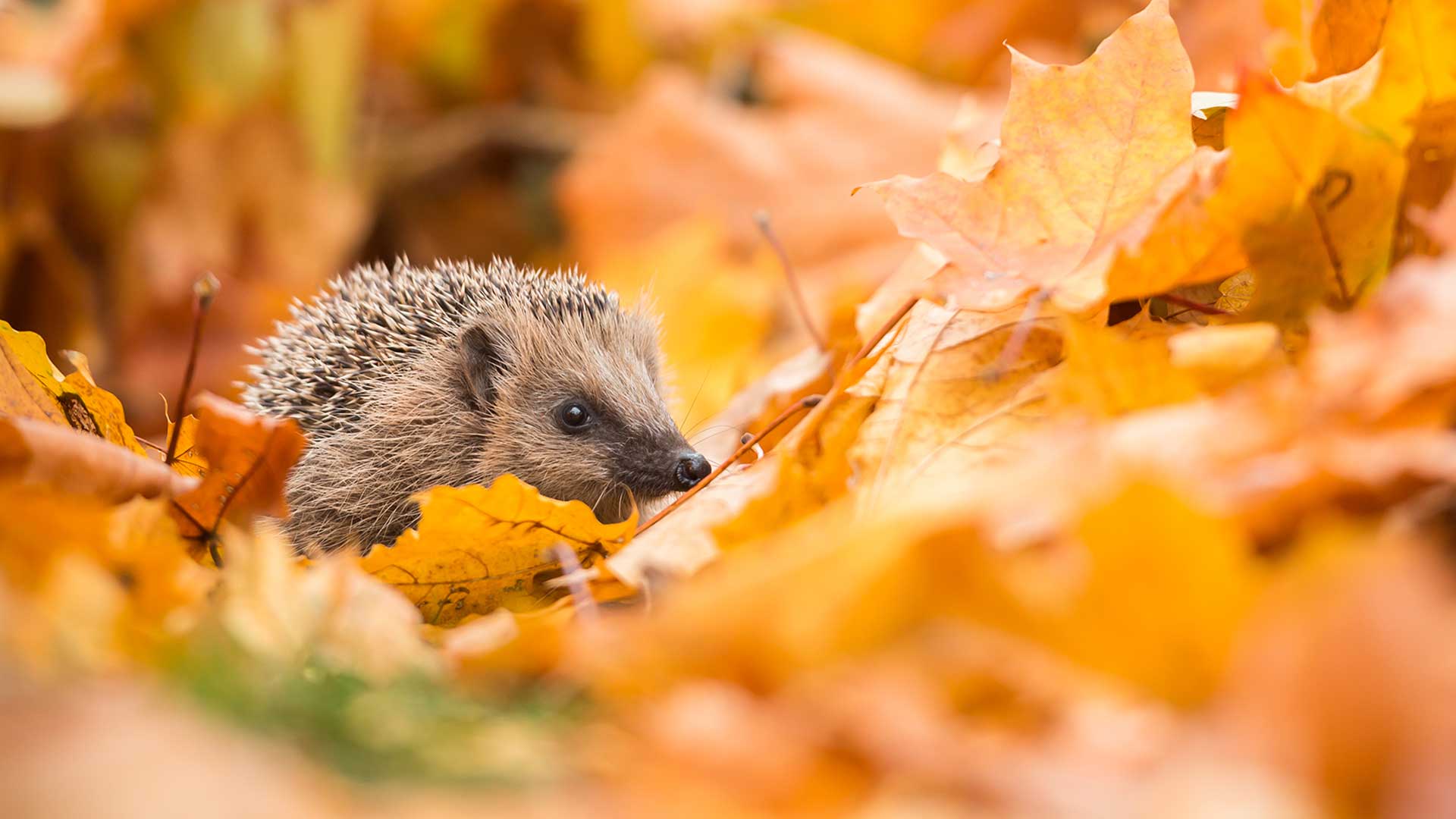

Learning how to help garden wildlife in autumn is so important – and simpler than you might expect. This season, creatures great and small are busy preparing for the cold, dark winter, with finding food and shelter being top priorities.
Taking steps to support our local wildlife isn't just a fleeting garden trend. On the contrary, it's a crucial approach that is hopefully here to stay, as factors such as habitat loss have led to many species becoming under threat.
Just a few thoughtful actions can really benefit visiting insects, birds, and other animals. Below, wildlife experts share their top tips on what you can do, plus what to avoid.
How to help garden wildlife in autumn: 3 important tasks
Jenny Shelton is an expert from The Wildlife Trusts who highlights how our gardens make up an area that’s larger than all the wildlife reserves in the UK put together.
"Think of your outdoor space as part of a huge tapestry of gardens that covers the country, providing food and shelter for some of our most beloved species," she says. "Hedgehogs, bats, house sparrows, song thrushes and stag beetles are all declining species in the UK, but we can help them through the choices we make in our gardens.
"More and more people are making space for nature in their gardens: leaving areas of their lawn long, planting pollinator-friendly flowers, using peat-free compost… It’s a movement!" she says. "For example, the Coronation Gardens for Food and Nature project has recently celebrated over 4,500 community food gardens being pledged, committing to growing fruit and veg in a nature-friendly way. From balcony gardens to canal side edges and disused land behind multi-storey car parks, inspiration can take root in the smallest of spaces."

Jenny Shelton works at The Wildlife Trusts and is a keen wildlife gardener and birdwatcher. She loves writing and talking about nature, and has shared her knowledge and passion at ornithologists’ clubs and primary school assemblies alike.
1. Introduce a water source
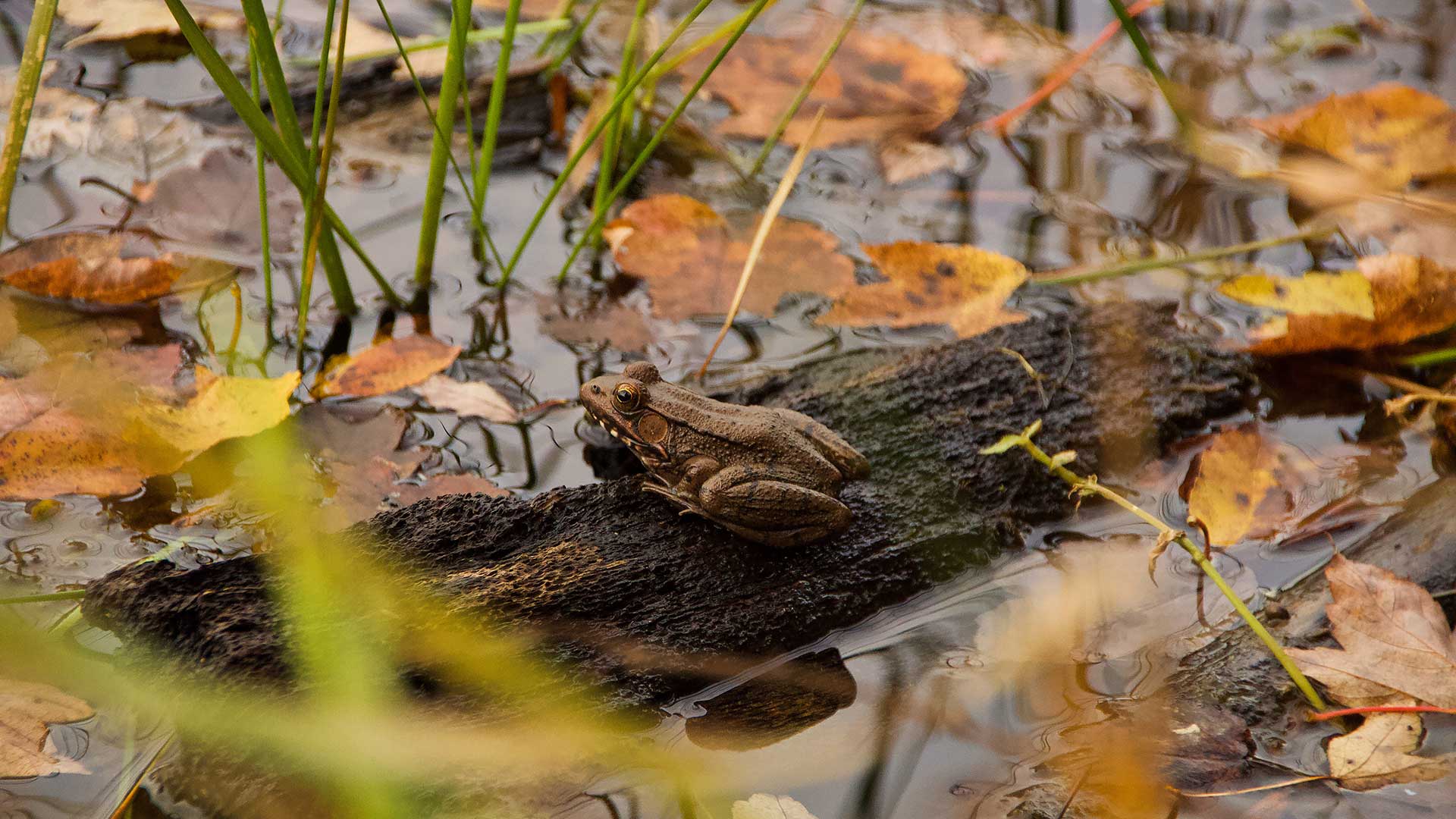
Water is important for wildlife all year round
Jenny says one of the best things you can do in your garden or outdoor space is to introduce water, explaining that wildlife needs to drink and bathe, even during the colder months.
Sign up to our free daily email for the latest royal and entertainment news, interesting opinion, expert advice on styling and beauty trends, and no-nonsense guides to the health and wellness questions you want answered.
“Even a small pond will attract insects, birds, dragonflies and possibly frogs, and provide drinking water for small mammals,” she says. “Incorporate stones or a ramp to allow wildlife to climb in and out of the water easily. You’ll be amazed at how quickly wildlife finds a new pond!”
You may also wish to cut aquatic vegetation back hard at this time of year, as Sean McMenemy of Ark Wildlife does. This prevents it from falling in the pond where it would deplete oxygen levels, he explains. Don't be tempted to add it to your compost; instead, stack it in piles alongside the pond. This will create protection for all the overwintering creatures, Sean says.
Need a tool for pruning? These bypass secateurs from Fiskars at Amazon are a popular pick and a budget-friendly price.

Sean McMenemy is a wildlife product expert who’s built an enduring business on an unusual passion: he gets ridiculously excited about bird feeders. Over three decades, this enthusiasm has driven the success of Ark Wildlife, where every product has been personally tested, refined and proven to benefit garden wildlife.
2. Offer spaces for shelter
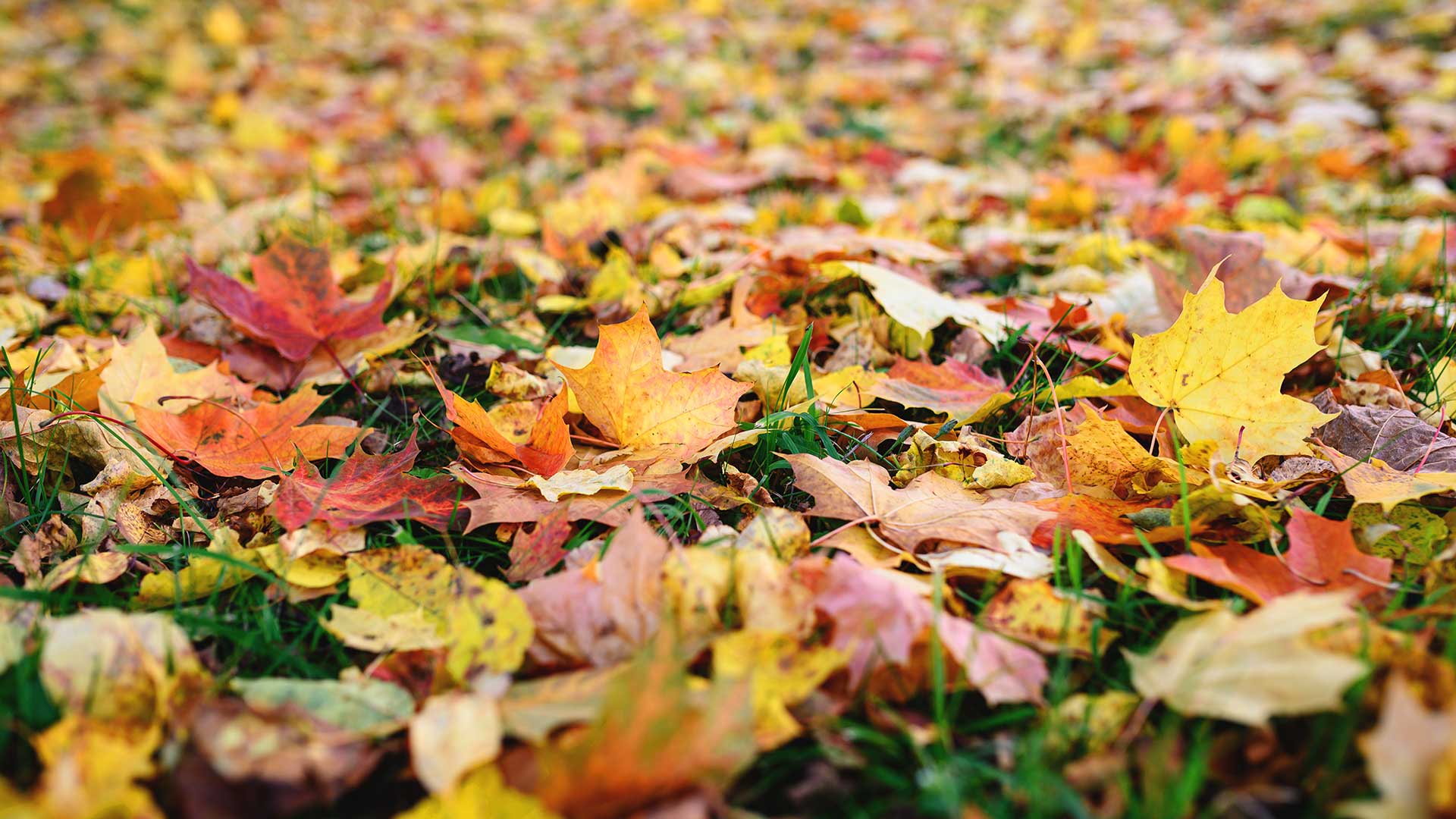
Leave fallen leaves rather than raking them up
While purpose-built shelters like hedgehog houses and bat boxes are available, many effective solutions cost nothing, as Sean points out. "Leave spent perennials standing or gather them into quiet corners; these dried stems provide invaluable overwintering sites for beneficial insects such as ladybirds and lacewings."
Jenny also recommends leaving leaves where they fall, to give insects somewhere to hide. “Many of next summer’s butterflies are already with us, waiting out the winter as eggs, caterpillars or pupae. Dead leaves are important sanctuaries for these and other critters,” she says.
Sophie Hall of Butterfly Conservation agrees that fallen leaves are vital refuges for wildlife. "If you prefer your garden a bit neater, sweep your leaves into piles at the edges of your garden or tucked at the back of flowerbeds," she suggests. "Make sure to look out for the cocoon of the elephant hawk-moth in your leaf litter," she adds. "Once pupated, this large and striking pink and olive-green moth will emerge the following year from May onwards."
You can also create a log or stick pile in a shady corner that doesn't get much use, as Jenny suggests. “Log piles provide welcome shelter for frogs, toads and insects. Hedgehogs often hibernate in wood piles, too.”
Sean notes how larger mammals actively gather dry materials to construct winter retreats, favouring sheltered spaces beneath sheds, decking, and garden structures. "These undisturbed spots provide the dry conditions essential for hibernation and survival through the colder months."

Sophie Hall is the communications officer at Butterfly Conservation, creating content to inspire people to want to protect butterflies and moths. Sophie particularly enjoys sharing her love of wildlife and gardening to encourage people to create spaces at home with nature in mind, sharing experience and tips from her own butterfly- and moth-friendly garden in Norfolk.
3. Grow wildlife-friendly plants
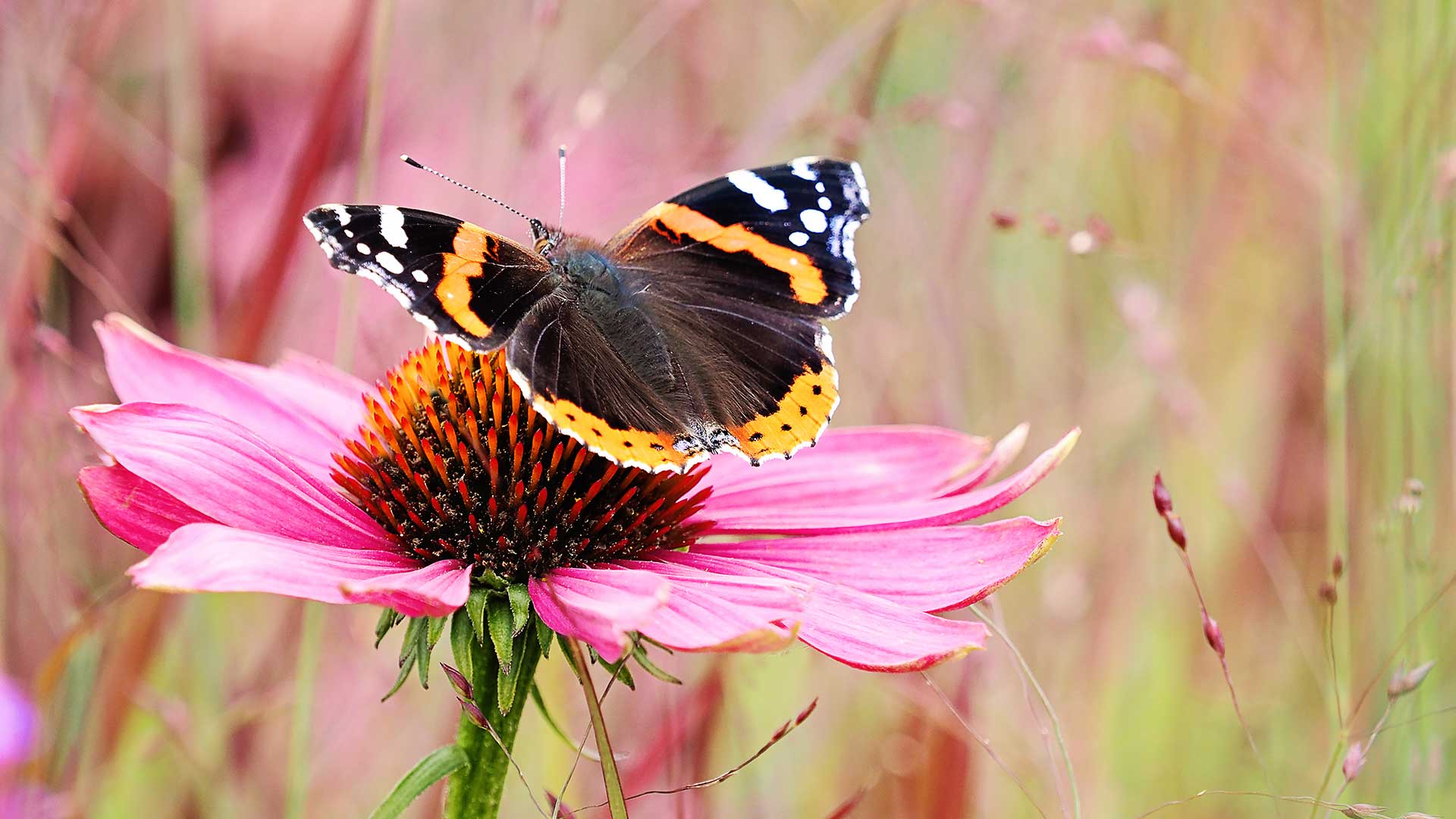
Echinaceas look beautiful and are beneficial to wildlife, too
"Pollinators, including bees, butterflies, and hoverflies, remain active well into autumn," says Sean. "To support these insects during this period, focus on late-flowering species that bridge the gap as most gardens fade." Think single-flower dahlias (rather than the more intricate, double-flower types), rudbeckias, and heleniums, for instance.
Autumn is also a great season to think ahead with your planting plans. “Now’s the time to plant bulbs and sow wildflower seeds, and there are some beautiful species which look gorgeous in our gardens and are incredibly important for pollinators,” says Jenny.
“Snowdrops and crocuses provide nectar for early-emerging bees (yes, bumblebees hibernate!), while foxgloves and hollyhocks continue to serve up a bee banquet later in the summer," she continues. And if you’re planting a tree this season, she recommends looking to native varieties like rowan and holly, which are ideal for smaller gardens.
Consider planting for your winter garden now, too. Sean recommends mahonia, camellia, witch hazel, and winter honeysuckle (which you can buy from Crocus). These provide a source of nectar when little else is available, as well as striking colour.
If you want to plant a mass of crocuses, the Crocus website also offers a mixed pack, consisting of 100 bulbs, that will flower from February.
FAQs
What should you avoid doing in the garden when trying to support wildlife this autumn?
While there are plenty of October gardening jobs and other autumn tasks to complete, don't be tempted to tidy up too much. "Composting can wait until spring; through the winter, leaves and plant matter serve as protection and habitat," says Sean.
"Similarly, avoid mowing lawns too short or cutting hedges before berries are gone, as both reduce available resources for wildlife," Sophie adds that messy hedges often hide overwintering butterflies and moths, their eggs, caterpillars and chrysalises.
Jenny also recommends leaving some seed heads, like teasels and thistles, as natural food for goldfinches. Echinacea and rudbeckia seed heads are beneficial for birds, too, so avoid overzealous deadheading towards the end of their blooming season.
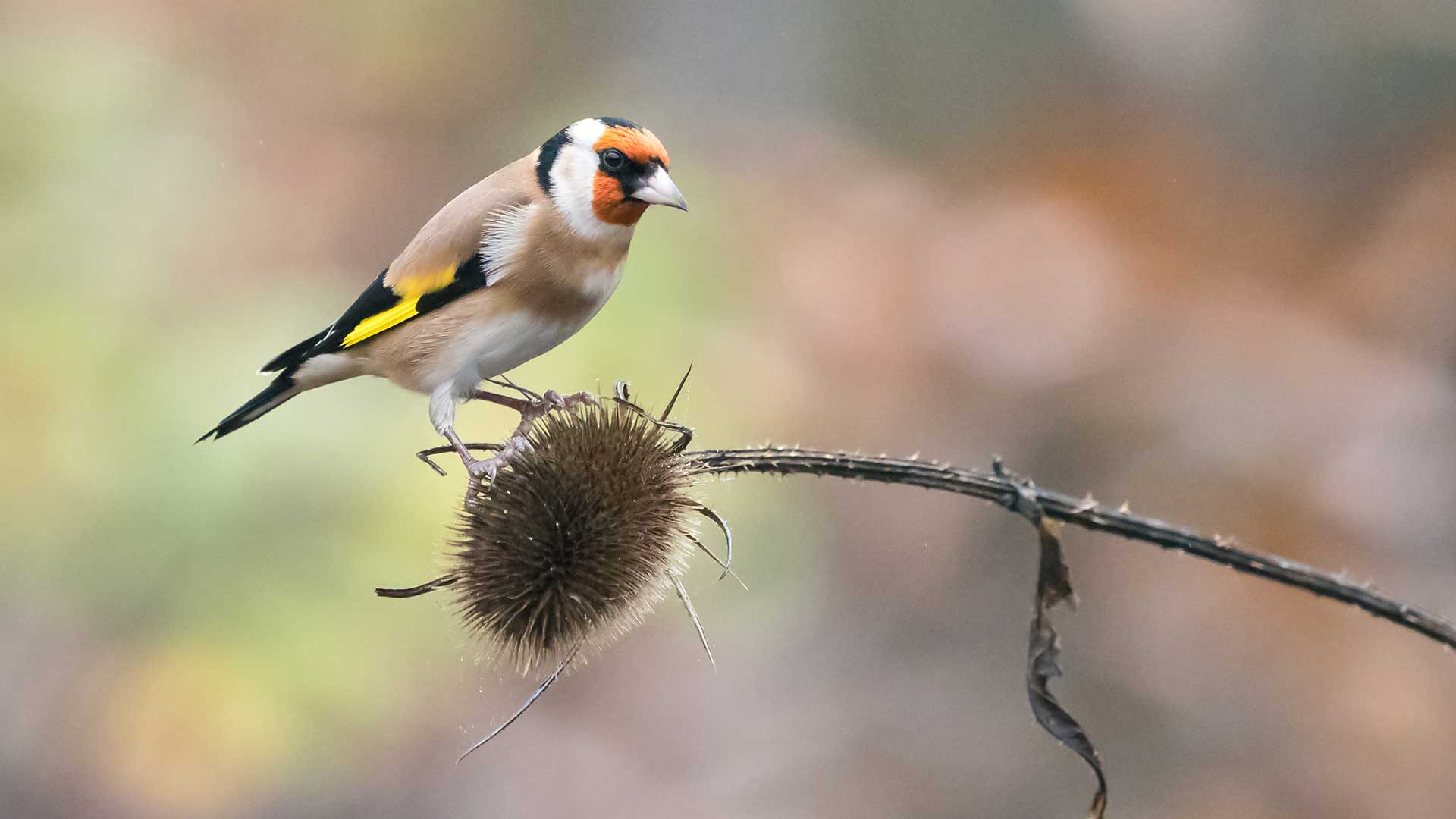
Seed heads provide food for birds
Does leaving fallen fruit benefit wildlife?
"Leaving windfall apples, berries and nuts in the garden can support everything from blackbirds and thrushes to foxes, badgers, and small mammals," says Sean.
Sophie also notes how rotting fruit produces sugars that late-flying butterflies enjoy feeding on during the autumn months. "You can leave your fruit where it falls or tidy it into a single patch to make a fallen fruit feeding station," she says.
And, if you don't have fruit trees in your garden, she suggests cutting up and leaving out soft fruits like bananas, berries, melon, oranges and plums to help attract butterflies like red admirals, commas, and peacocks, as well as moths such as merveille de jour and the pink-barred sallow.
Should you cut back ivy in autumn?
"Although often maligned and misunderstood, ivy has incredible benefits for butterflies, moths, bees and a variety of other wildlife," says Sophie.
"Mature ivy flowers in autumn and is an important source of nectar for pollinators like butterflies and moths later in the year, when other sources of nectar are few and far between," she continues. "After flowering, ivy goes on to produce berries which ripen over winter for birds and small mammals to feast on during the colder months."
If you have ivy in your garden, she recommends encouraging the flowers and berries by avoiding trimming until late winter or early spring. She also suggests pruning it back in patches if you can. "Allowing different areas to grow and develop each year and avoiding pruning too regularly allows your ivy to mature and produce the wonderful flower and berry buffet wildlife loves."
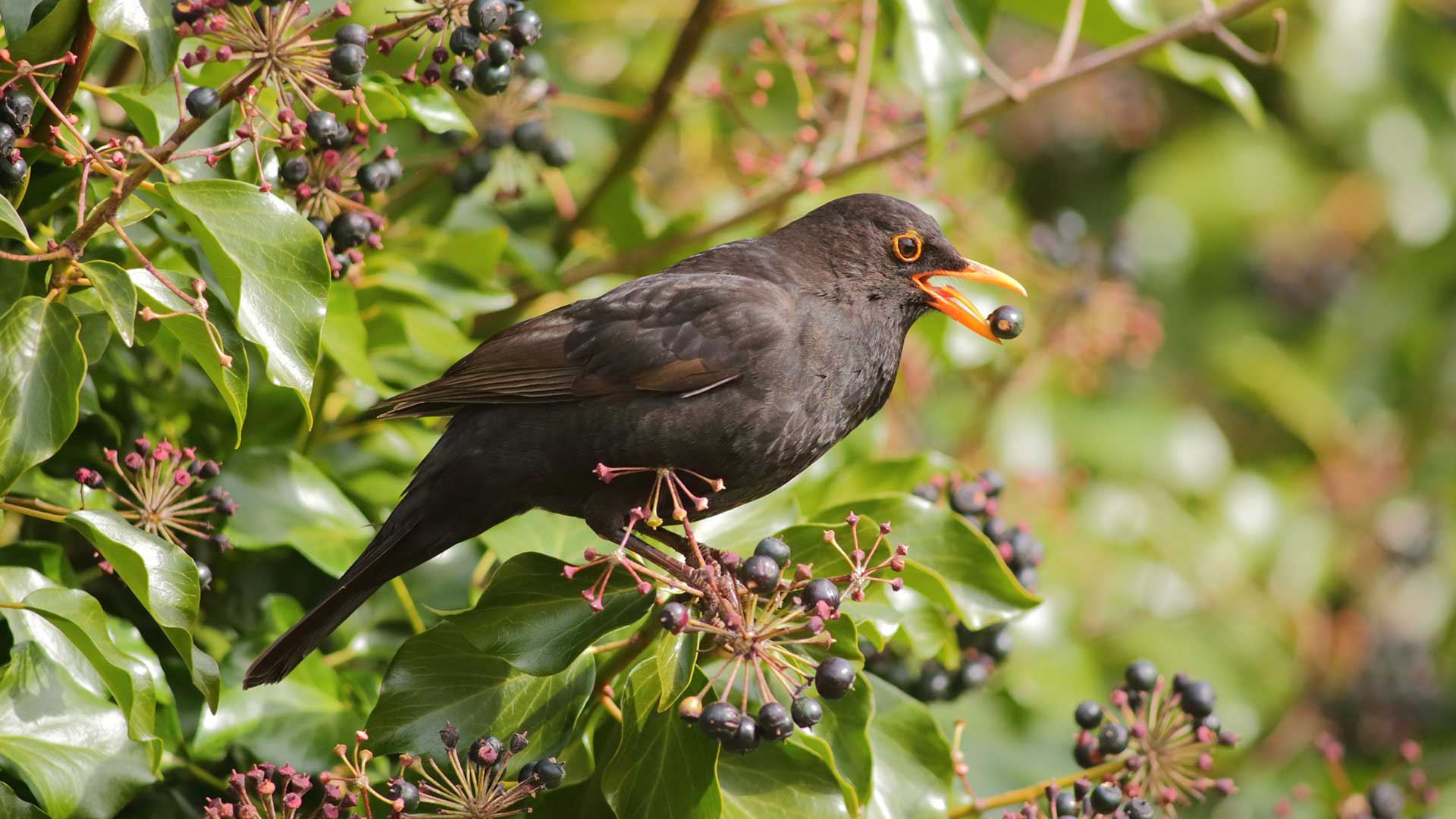
Ivy can provide berries for birds and nectar-rich flowers for insects
There are lots more ways to help wildlife in your garden throughout the year, whether you want to rewild a small section or attract more birds to your outdoor space. There are even some wildlife-friendly weeds you may want to leave in situ this season, as our guide explains.

The garden was always a big part of Holly's life growing up, as was the surrounding New Forest where she lived. Her appreciation for the great outdoors has only grown since then; she's been an allotment keeper, a professional gardener, and a botanical illustrator. Over three years ago, Holly started writing about plants and outdoor living full-time, first for Gardeningetc.com and now for popular lifestyle titles such as Homes & Gardens.
You must confirm your public display name before commenting
Please logout and then login again, you will then be prompted to enter your display name.